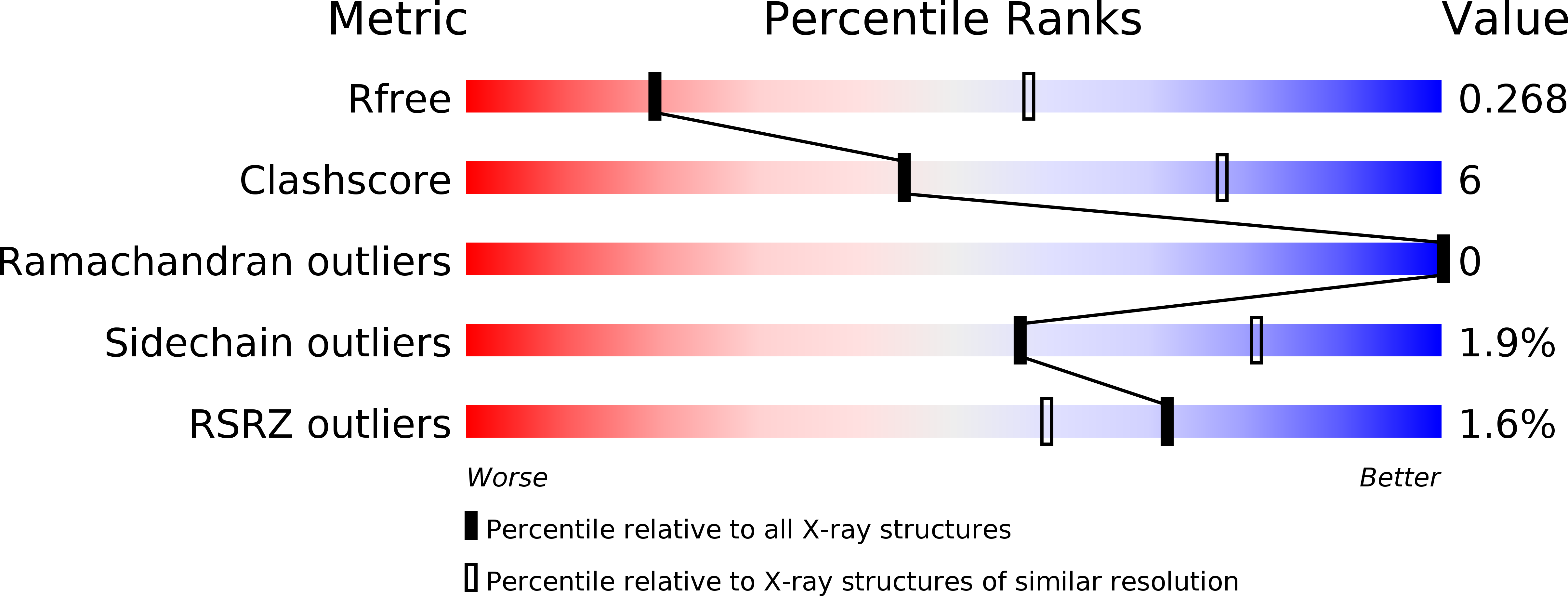
Deposition Date
2012-08-29
Release Date
2012-11-07
Last Version Date
2024-10-09
Method Details:
Experimental Method:
Resolution:
3.19 Å
R-Value Free:
0.28
R-Value Work:
0.25
R-Value Observed:
0.25
Space Group:
P 31


